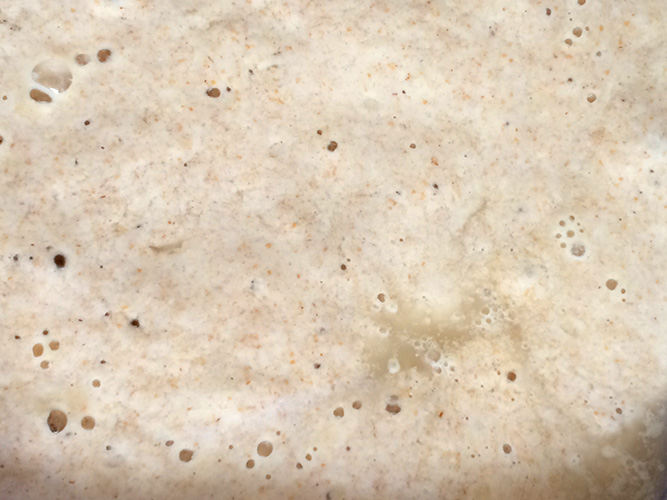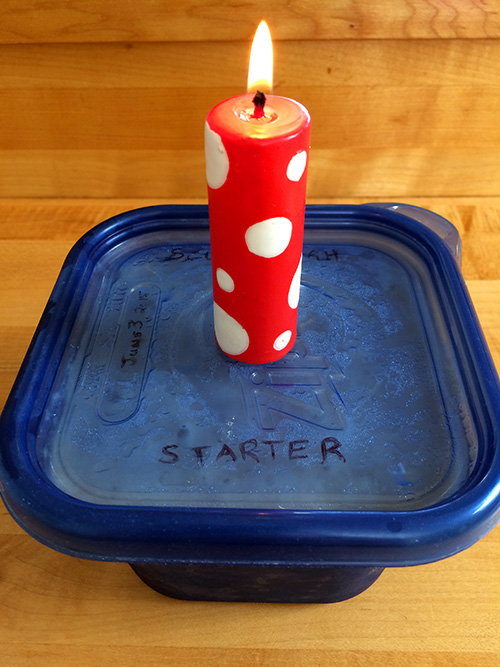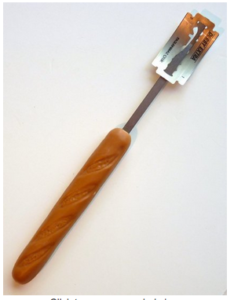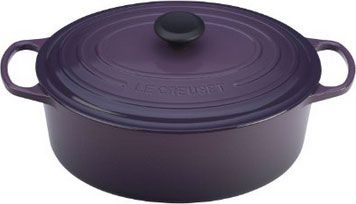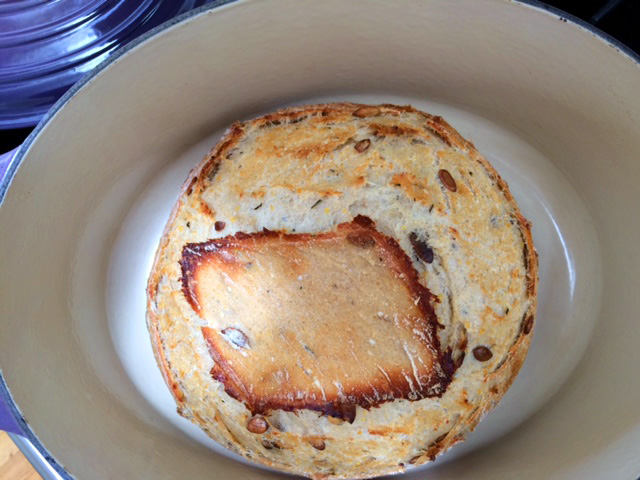I decided a long time ago that I wanted a food-lifestyle change.
In college, I learned the words “soy milk”, “complex protein”, “healthy diet”, and other such nutrition phrases. To complete my science credits, I took a class called “Scientific Principles of Nutrition” taught by an amazing professor who had been in the Peace Corps working with pregnant women (holy smokes pregnant women need like eighty million more vitamins and minerals than everybody else!).
I learned what vitamins and minerals are in our everyday meals, how they work in the body, and most importantly » how to combine foods. The nutrients in some foods can’t be absorbed without the nutrients in other foods. Combining foods correctly, squeezes the maximum amount of vitamins and minerals out of what you’re eating.
This is what resonated with me while we were watching “Cooked” – the fermentation process works on the whole -wheat, allowing the body to more fully absorb the vitamins and minerals from the grain.
Thus my desire for a mostly whole-wheat loaf of bread. But I’m not just gunna eat something because it’s healthy – it better be damn good. For example, I’m sure some of you like karob, but I think it’s gross – my choice is an occasional piece of super-dark, magnesium-rich, high-quality, delicious chocolate. That’s what I want for my bread. I don’t have to use thousand-dollar flour with gold in it, but I do want to use good-quality ingredients to get the most vitamins and minerals and flavor that I can.
I’m looking for a healthier relationship with all the carbs in my life.
It’s ok if you think gluten is one of the hells of Dante’s Inferno. For some people, it is. Gluten is ok for me, and I like bread. Physically, I haven’t noticed any changes since eating more bread – no swelling, hay fever is the same, no indigestion, no weight gain, nothing out-of-the-ordinary. I think I’m going to make it.

